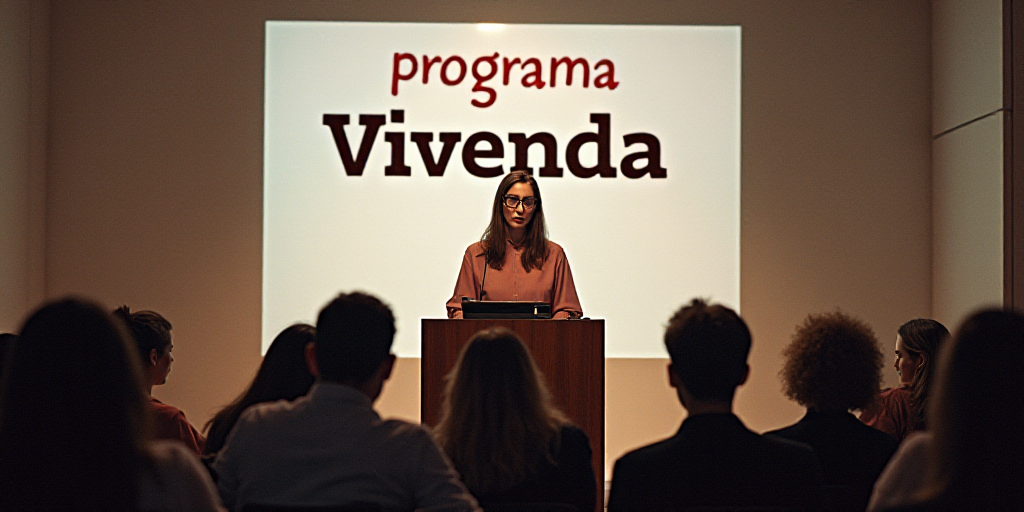Introduction and Background
On July 11, 2025, in Mexico City, the Head of Government, Clara Brugada Molina, unveiled the “Vivienda Pública para Renta” program. This initiative is part of a public policy ensuring the right to dignified and affordable housing, addressing the escalating rent prices and gentrification.
Program Details
- Target: To achieve at least 20,000 rental units during the current administration’s six-year term.
- Investment: Over 600 million pesos, including land and construction costs.
- Affordability: Rental prices will not exceed 30% of a family’s income, translating to approximately 3,000 pesos for minimum wage earners and over 7,500 pesos for those earning three minimum wages in spaces around 60 square meters.
Context and Relevance
The program addresses the growing concern of a fragmented and tense city due to rising rents and gentrification, which displaces long-term residents from their neighborhoods. The Head of Government emphasized the need for public policy to stabilize rent prices and ensure affordable housing.
Target Groups
The program prioritizes vulnerable groups affected by gentrification, including young adults, seniors, central workers, single mothers, families without their own homes earning less than three minimum wages, and those who have been evicted.
Additional Amenities
Besides housing, the program aims to incorporate essential facilities such as childcare centers, laundry rooms, and communal kitchens to support daily living.
Secretary of Housing’s Perspective
Inti Muñoz Santini, the Secretary of Housing, highlighted the challenges faced by thousands of families annually. With an average family income of 10,000 pesos, accessing decent housing has become an unsustainable challenge. Rent costs in Mexico City have increased significantly over the past 10-15 years, forcing families to allocate more than the recommended 30% of their income to rent, often leading them to seek housing in increasingly distant areas from work and services.
Program Expansion
The “Vivienda Pública para Renta” project, initially a pilot program, is now a permanent initiative by the Housing Secretariat and the Mexico City Institute of Housing (INVI). The program’s official status was confirmed through reforms to the INVI operational rules published in the Official Gazette, granting the institute responsibility for executing this program definitively.
Investment and Future Developments
The total investment for this program surpasses 600 million pesos, made possible by the highest-ever budget for affordable public housing in Mexico City. This success is attributed to the Head of Government’s determination, political will, and commitment to the city.
Key Questions and Answers
- What is the main goal of the “Vivienda Pública para Renta” program? The primary objective is to provide at least 20,000 affordable rental units during the current administration’s six-year term.
- How will the program ensure affordability? Rental prices will not exceed 30% of a family’s income, with target rates of approximately 3,000 pesos for minimum wage earners and over 7,500 pesos for those earning three minimum wages.
- Which groups will be prioritized by the program? The program prioritizes vulnerable groups affected by gentrification, including young adults, seniors, central workers, single mothers, low-income families, and those who have been evicted.
- What additional facilities will be included in these housing units? Essential amenities such as childcare centers, laundry rooms, and communal kitchens will be incorporated to support daily living.
- Why is this program crucial for Mexico City? The program aims to prevent housing from becoming a privilege, combat the idea of housing as mere merchandise, and promote well-being and social justice.






